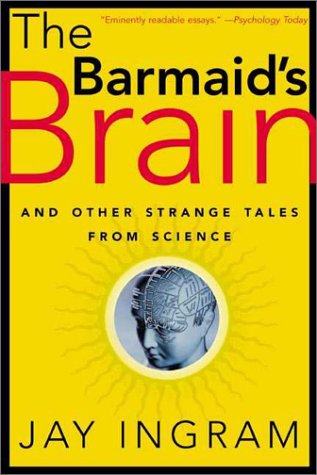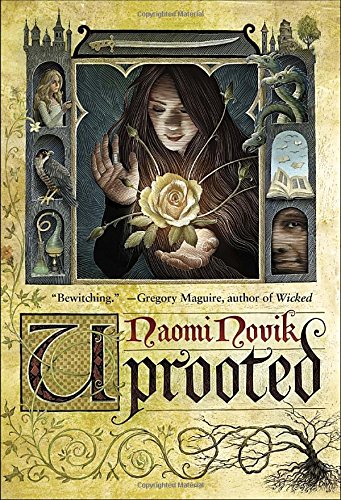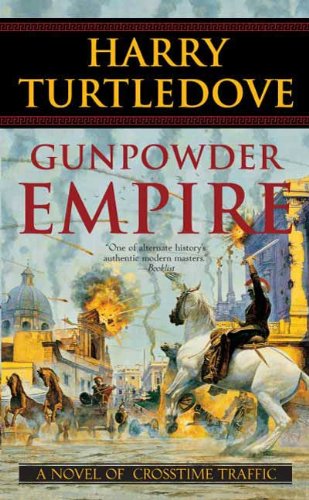Review: The Barmaid’s Brain, And Other Strange Tales from Science by Jay Ingram
Jay Ingram has collected in The Barmaid’s Brain 21 essays concerning human behavior, curiosities of life, science and history, natural battles and how things work. Each of them approaches a topic with the same left-field perspective.
For example, the barmaid of the title is able to remember 95% to 100% of a 15-drink order given to her out of sequence in the noisy environment of a busy bar. The essay The Barmaid’s Brain explores not only that we evidence these feats of memory, but why and how.
The Invention of Thievery looks at the way a learned behavior—in this case, birds removing foil caps from milk bottles to get at the cream—can spread through a population. The Vinland Map examines how we decide that a contended datum has been proved, especially when there is a strong belief structure in place to dispute it. An Uneasy Bargain probes the relationship between gene mapping (knowledge gathering) and genetic engineering, and asks the potent question, “Once we know that a mutant gene is the cause of a disease or condition, do we have a responsibility to eliminate it?"
The essays are written in an easy, approachable style, with a minimum of jargon, statistics or abstruse footnotes. If they lack some of the weight they might otherwise bring to some very weighty subjects, at least they may lead you to do the research on the questions you find intriguing. This is a great bathroom or coffee-table book—pick it up, read a few pages, put it down.
If you enjoy reading The Barmaid’s Brain, you’ll want the second book in Ingram’s series, The Velocity of Honey. Sadly, neither is available for Kindle.
The Invention of Thievery looks at the way a learned behavior—in this case, birds removing foil caps from milk bottles to get at the cream—can spread through a population. The Vinland Map examines how we decide that a contended datum has been proved, especially when there is a strong belief structure in place to dispute it. An Uneasy Bargain probes the relationship between gene mapping (knowledge gathering) and genetic engineering, and asks the potent question, “Once we know that a mutant gene is the cause of a disease or condition, do we have a responsibility to eliminate it?"
The essays are written in an easy, approachable style, with a minimum of jargon, statistics or abstruse footnotes. If they lack some of the weight they might otherwise bring to some very weighty subjects, at least they may lead you to do the research on the questions you find intriguing. This is a great bathroom or coffee-table book—pick it up, read a few pages, put it down.
Even if one day scientists completely understand the wiring and chemistry of the human brain, it will still be difficult not to be amazed by an organ that can memorize the lyrics to all the Spice Girls’ songs after one hearing or conjure up the equations describing the origin of the universe. Even more amazing is that the same brain can do both…
If you enjoy reading The Barmaid’s Brain, you’ll want the second book in Ingram’s series, The Velocity of Honey. Sadly, neither is available for Kindle.












